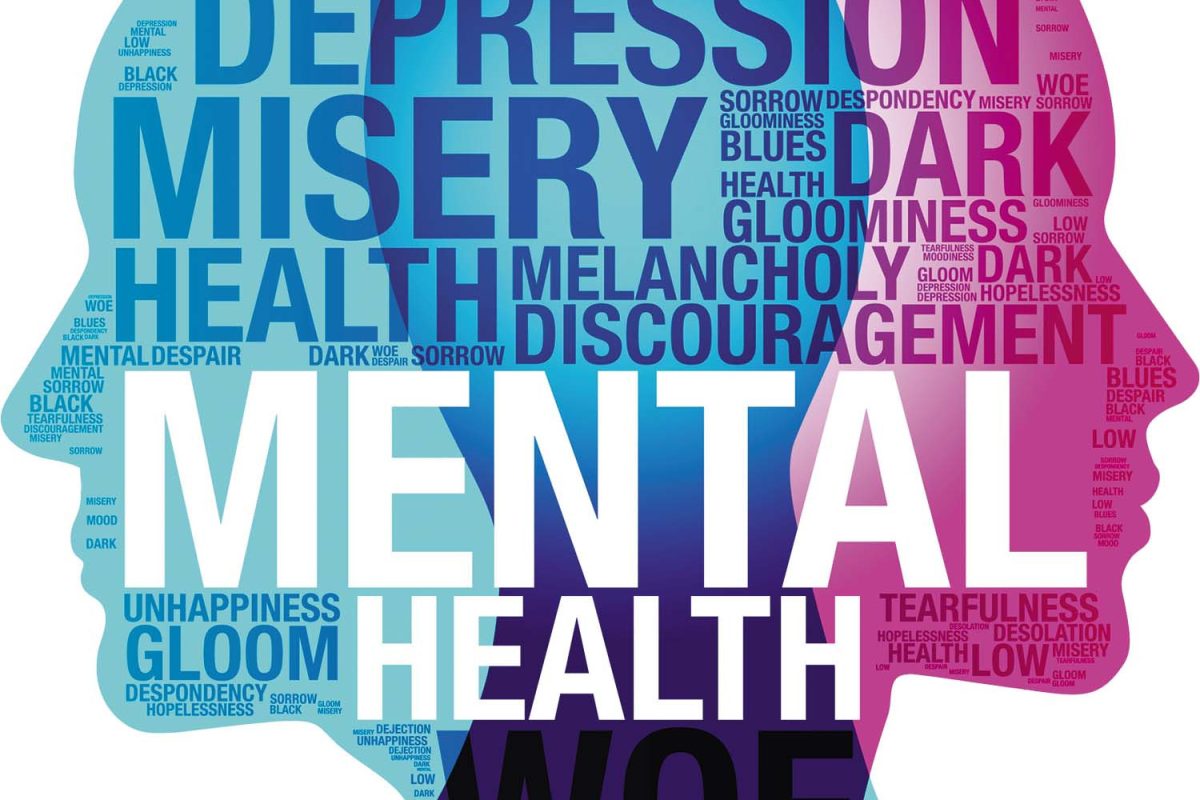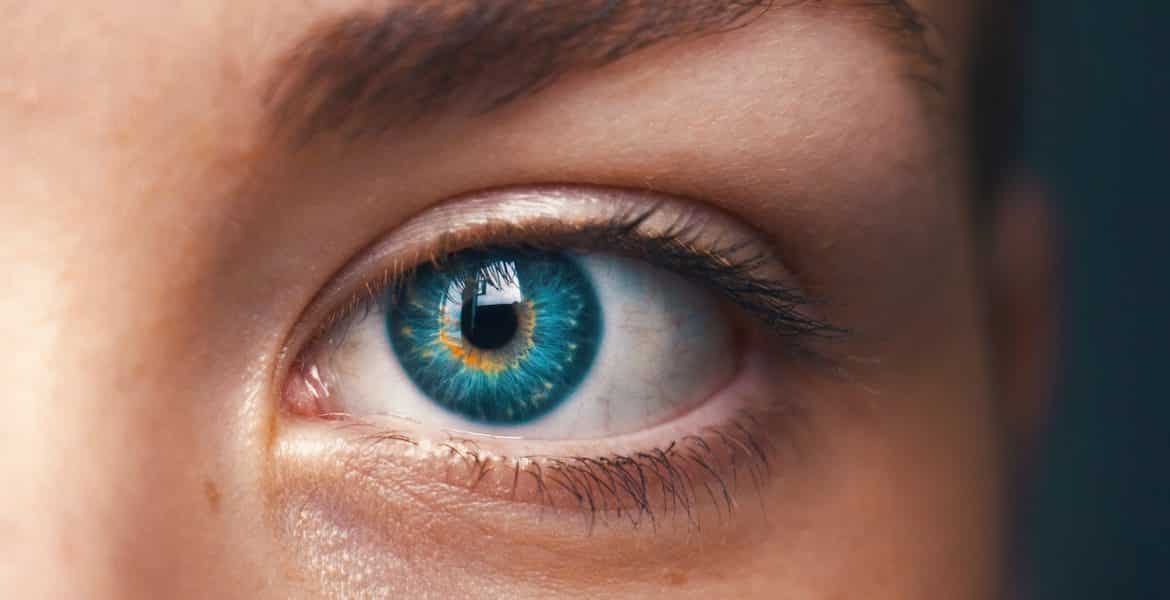The human body is an amazing creation! Many of our body parts come in twos: two legs, ears, eyes, hands, kidneys, lungs, etc. Although we want to keep them all, it is possible to live with only one. Not so with the heart. You’ve only got one heart! It can’t be cut in half and remain useful.
Unfortunately, we are not doing enough to take care of our hearts. The number one killer in the United States is heart disease and that is true for much of the Western world. Each year, over 600,000 people in the U.S. die of heart disease. Today, we will be talking about what we can do to protect our hearts. But first, lets review some facts about the heart to become more familiar with this precious component of our bodies. It is an absolutely unique and astonishing organ!
- The heart has four chambers
- The heart is approximately the size of a fist
- The heart is actually a muscle
- The heart pumps blood through two separate circulatory systems: The pulmonary circulation system (the right side of the heart which pumps blood to the lungs) and the systemic circulation system (the left side of the heart which pumps blood through the rest of the body)
The system that is associated with the heart and lungs is the cardiorespiratory system. This system is responsible for transporting oxygen, nutrients, and other key substances to the organs and tissues in the body. Furthermore, it picks up and expels waste products.
In order to keep the cardiorespiratory system and its components healthy, it is essential to incorporate cardiorespiratory fitness into our daily lives.
Cardiorespiratory endurance fitness refers to the ability of the body to perform prolonged, large-muscle, dynamic exercises at moderate to high levels of intensity. This component is one of the five key health-related fitness components. The following list include examples of benefits of cardiorespiratory endurance exercise:
- Improved cardiorespiratory functioning
- Improved cellular metabolism
- Reduced risk of cardiovascular disease
- Reduced risk of cancer
- Reduced risk of type 2 diabetes
- Better control of body fat
- Improved immune function
- Improved psychological and emotional well-being
- Better rest/sleep
- Better self-perception
- (and many more…)
Unfortunately, the reality is, that most US adults do not meet the minimum requirement for cardiorespiratory fitness, which is 150 minutes of moderate to high intensity physical activity, which translates into about 30 minutes, five days per week. The key question that must be asked is: do YOU engage in 30 minutes of moderate to high intensity cardiovascular exercise five days per week?
If the answer to this question was “yes”, then that is fantastic! Keep it up! If, however, your answer was “no”, then it is time to face the facts of the matter. Don’t get hung up on what you did not do yesterday, rather, make a decision right now to incorporate cardiorespiratory exercise into your daily routine. If you haven’t been doing any of this type of exercise at all, then consider starting slowly at a lower intensity and build up your endurance. The F.I.T.T. formula is an easy-to-use formula to create a basic fitness plan for cardiorespiratory fitness. Here is a sample of this formula that you can easily adapt to fit your life:
Frequency: 3 – 5 days per week
Intensity: You can still talk while exercising, but not sing (you are breathing harder)
Time: 20 – 60 minutes each time depending on your current level of fitness
Type: Biking, fast walking, swimming, dancing, aerobics, sports, roller-blading, etc. (NOTE: pick a variety of activities that you personally enjoy and alternate them regularly)
If you are just not sure how to get started or wonder if it is safe for you, seek out a degreed and nationally certified personal trainer through a local fitness center. A professional personal trainer will be able to help you get started with an appropriate fitness program and conduct a variety of baseline fitness assessments to ensure safety for your participation in cardiorespiratory exercise.
The benefits of cardiorespiratory fitness are plentiful and you can’t afford not to take advantage of this completely free way of preventing chronic heart disease. It is never too late to start. Just doing something more than you are doing now will get you started on the right foot and in the right direction. Remember, you’ve only got one heart, so do the right thing and take care of it! Start by incorporating cardiorespiratory exercise into your daily life today.










